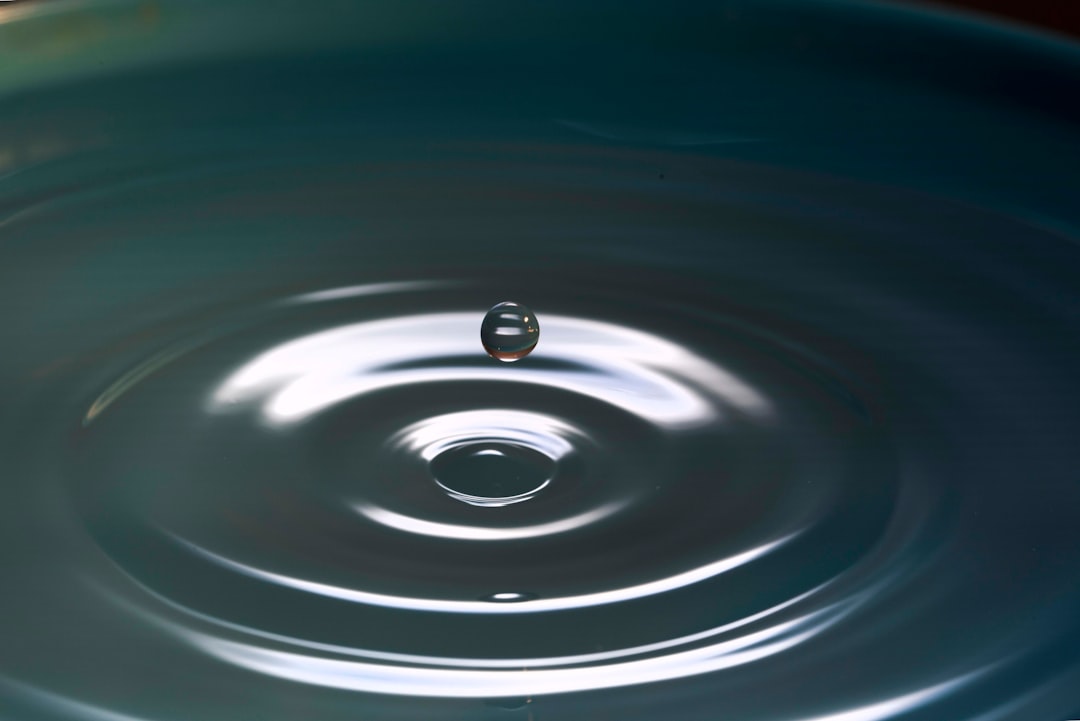What is it about?
Composites were prepared by two methods, (i) graft copolymerization (GFC) of isotactic polypropylene (PP) with maliec anhydride, (MAH) followed by esterification with coir fiber and (ii) by direct reactive mixing (DFC) of polypropylene (PP) and ethylene–propylene (EP) copolymers with MAH and peroxide with coir fiber. These composites, after molding in films (5×5 cm, m thickness) were examined for susceptibility to biological attack
Featured Image

Photo by Tomasz Filipek on Unsplash
Why is it important?
extent of compatibilization has a profound effect on photo-oxidation and biodisintegration of composite material; consequently ester bonds were main units during fungal consumption.
Perspectives
Significant changes were observed depending on the preparation methods during photodegradation and biodisintegration of composites. DFCs samples were disintegrated faster than GFCs during the composting whereas, in culture, GFCs were covered highly in well uniform way by fungi. It was observed that photo-oxidative ageing directly enhanced the biodegradability of composites as the increase in fungal growth rate and decrease in weight during composting were found. It was concluded that extent of compatibilization had a profound effect on photo-oxidation and biodisintegration of composite material; consequently ester bonds were main units during fungal consumption. Composition of monomers in copolymers was also showing significant effect on the degradability which decreased with increasing content of ethylene in ethylene–propylene (EP) copolymers.
Dr Pratheep K Annamalai
University of Queensland
Read the Original
This page is a summary of: Photo-/Bio-degradability of Agro Waste and Ethylene–Propylene Copolymers Composites Under Abiotic and Biotic Environments, Journal of Polymers and the Environment, March 2006, Springer Science + Business Media,
DOI: 10.1007/s10924-006-0012-9.
You can read the full text:
Contributors
The following have contributed to this page










